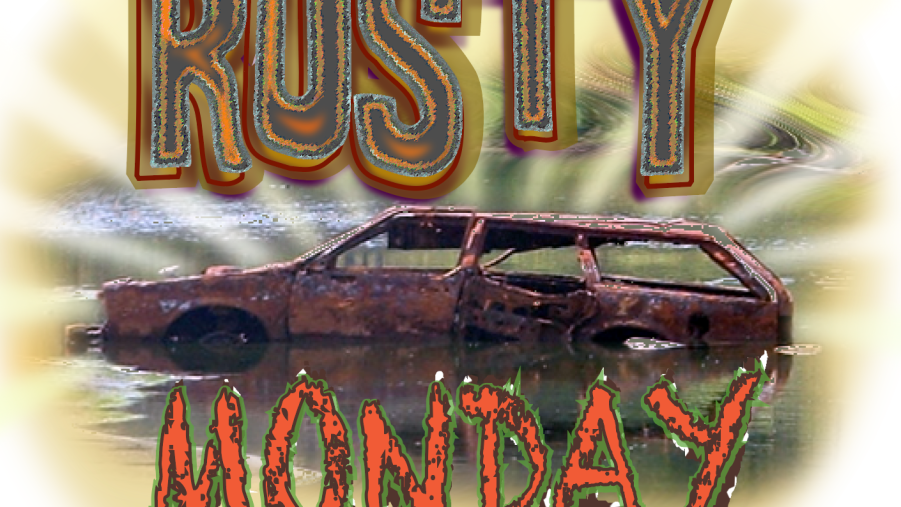
Rusty Monday: The Way Cars Rust In California
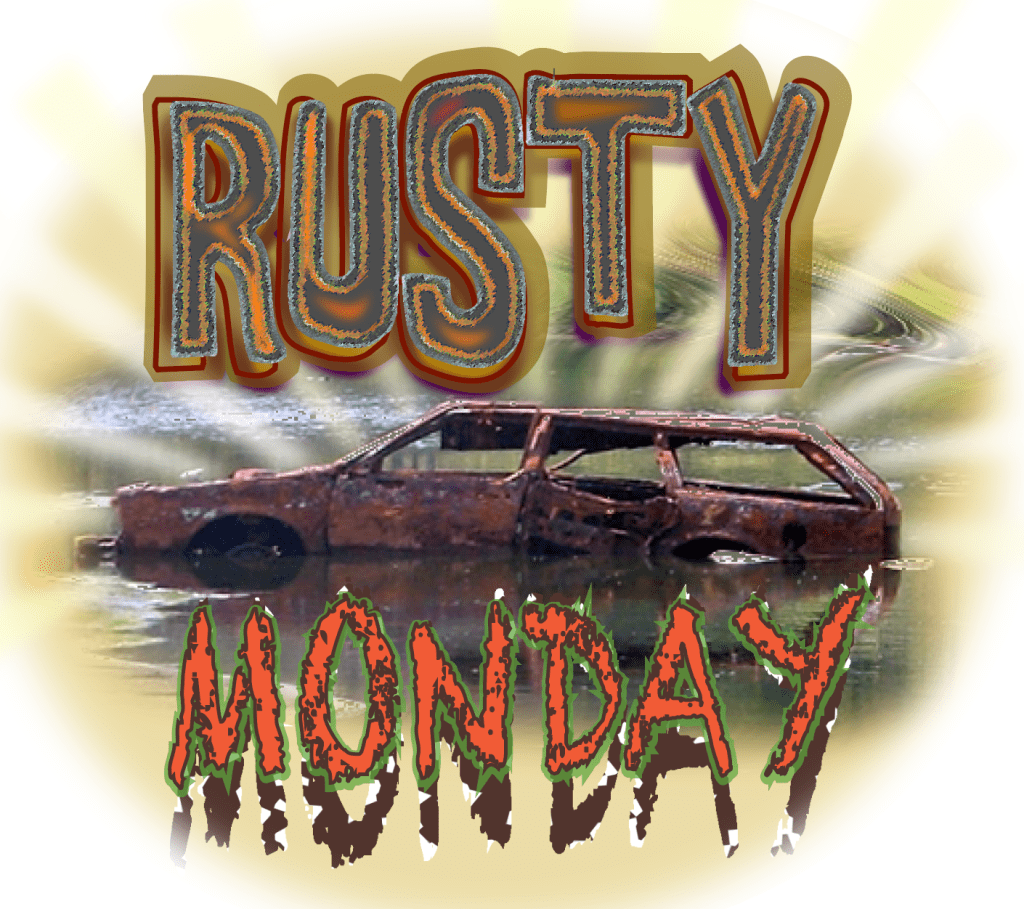
If you thought rust and California don’t go hand-in-hand you are wrong. That bit about “rust-free California cars” is bunk. Cars do rust in California. But just like most other things related to the Golden state it does things differently. And salt plays a part in both Snowbelt and beach cars. It, too, is the cause for cars to rust in California.
In snowy climes, salt is used to lower the freezing temperature of the water. Laying a patch of salt on roads means it is de-iced. So it keeps ice from building and helps to melt what is already there. The American Highway Users Alliance found in a study that road salt can reduce up to 93% of accidents.
“Beach cars” are cars that rust from the top down
Where salt comes into play in California is because of the ocean. “Beach cars” are cars that rust from the top down. In the rust belt cars rust from the bottom to the top. Salt in the air from the ocean gently falls onto the tops of cars where it gets trapped. Texas, Louisiana, and Florida are also bountiful in beach cars.
Rain gutters, the lower corners of rear windows, and the fronts of hoods are most susceptible. Hoods are easy to replace. Rain gutters and lower rear portions of the top are not. While some or most of the original paint remains on a rear-end or suspension components, it can rust clean through on tops. Rusty Monday California rust through.
Cases in point are shown in this week’s Rusty Monday. Especially when there is a vinyl top involved the vinyl may stay but nothing is left under it. Car companies sometimes didn’t paint the tops of cars getting vinyl roofs. Over the years that has made it worse in many cases.
1961-63 Ford Thunderbird
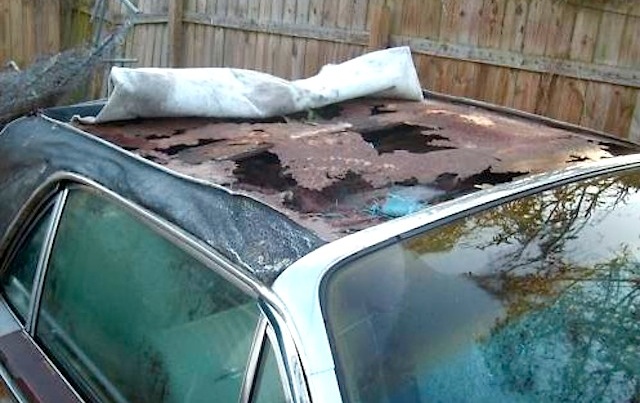
This 1961-63 Ford Thunderbird got a vinyl top when new. Now it has no top at all. Yikes! Moisture and salt from the air down by the beach turn into an oxidation stew. The end result has left only a thin crust of rust. As an aside look how far up the windshield on these beasts went into the roofs.
1968 Dodge Charger
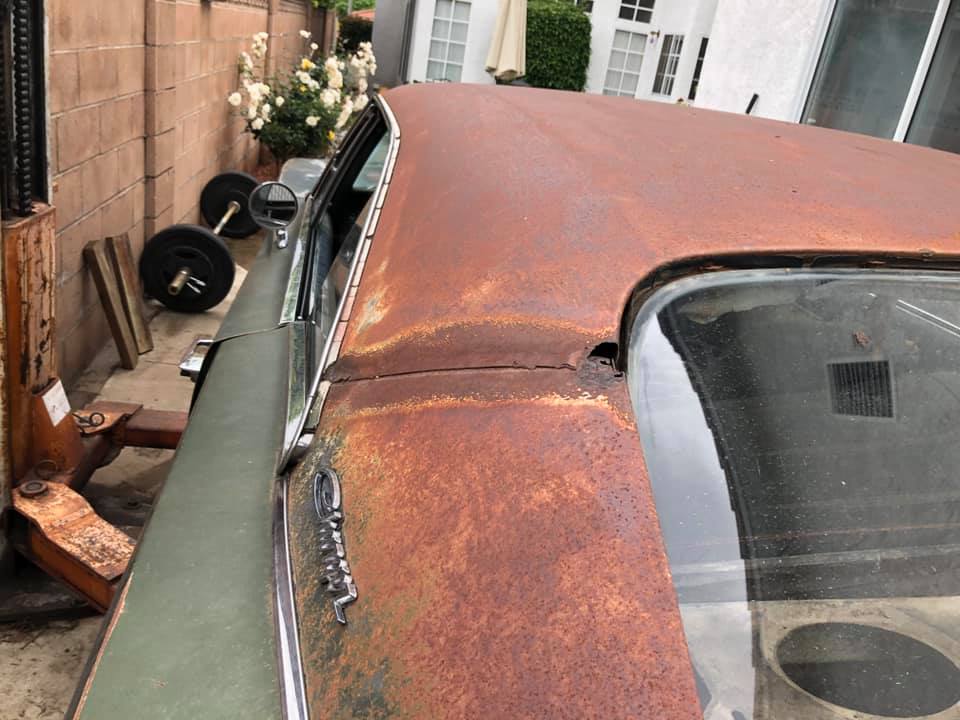
Our next prime example is this 1968 Dodge Charger. That’s the factory seam where the roof joins the quarters. On Chargers that got paint, these were leaded-up, finished off, and painted. For a vinyl roof car-no primer, no lead, no paint. Just pad the top a little and glue the whole mess down.
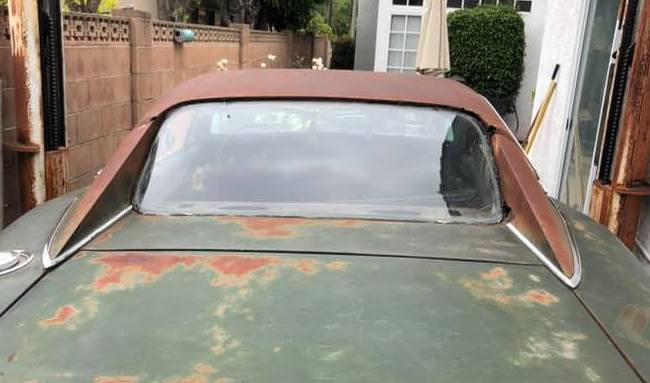
While this desirable Charger is definitely restorable, it is going to need to be patched in a couple of areas around the rear window. That lower passenger side of the rear window is also a window now. You can see clean through it. This is a typical California rust job.
Mystery car
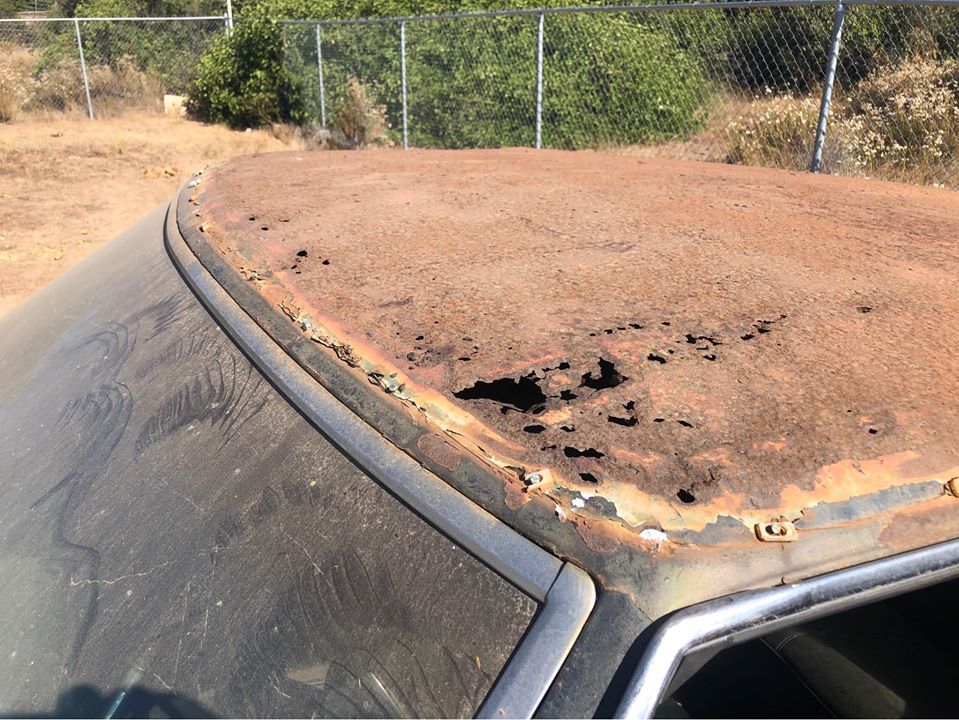
Our last example is a mystery car. With only this much shown we have no idea what it is other than a holy mess. When car companies decided to get fancy with vinyl tops they started leaving a band of the painted surfaces around the front and sides of the vinyl top. Clips held down a decorative piece of trim that hid the edges of the vinyl.
It mattered little that the vinyl no longer went down to the gutters. It trapped moisture in the same way with the same bad results. You can’t fool Mother Nature and you can’t escape the rust worm. Rust in peace!



